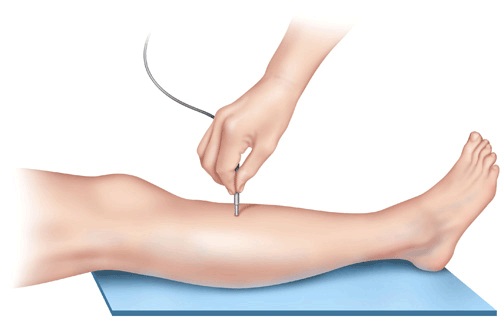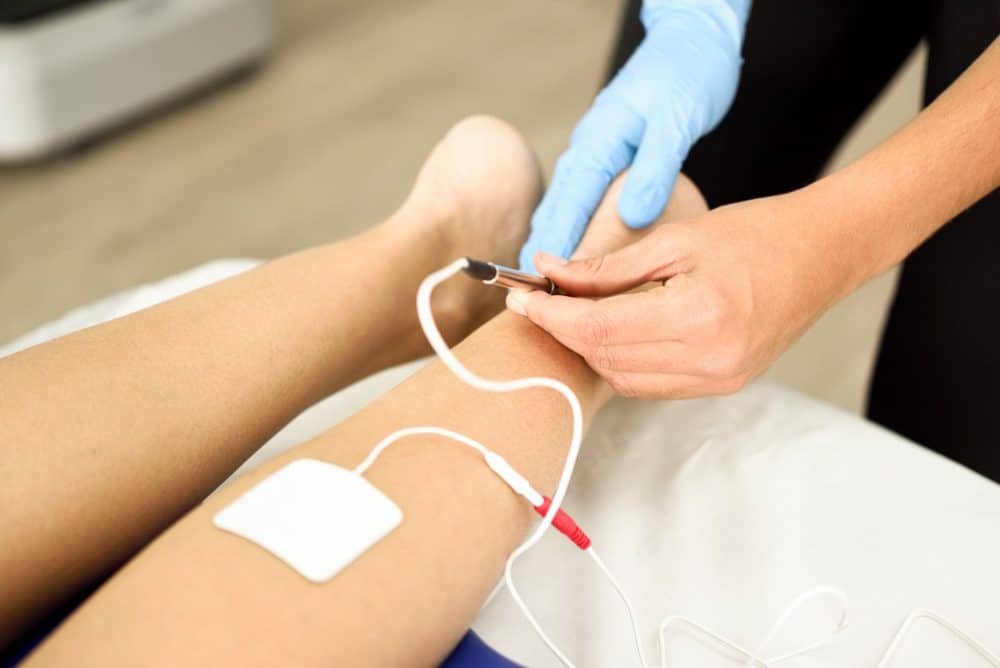

They don't even feel it at the beginning. And so the way it works is that we just basically go up slowly on the electricity until they start even feeling it. you know, when somebody hears they're going to get shocked, they obviously think, "Uh-oh, this might be incredibly uncomfortable."ĭr. Just like in a wire, we can see how well that nerve is working by sending a signal down it. And what happens there is a small probe is placed on the nerve, on the surface of the skin, and a small shock is sent down the nerve. One is called the nerve conduction study. And the point of that is really to examine how well the muscles are working, how well the nerves are working, that go to those muscles. Cushman: So EMG talks about electromyography, which is looking at the electrical signals from the muscle.

Miller: So what is EMG? Let's talk about that first and then go into how you do it and why it's less painful or stressful?ĭr. Miller: And they're usually talking about an experience that was some time ago?ĭr. Their friend will say, "Oh, I had this done to me. Cushman: They hear from their friends is the most common thing. Miller: Really? Because they've looked it up online?ĭr. I think this is one thing that I do where every day, when someone comes in, I have to talk them down before we even get started.ĭr.

And I think that some patients come in and they're very nervous about having this procedure because they think it's pretty onerous, from what they've read. You hear about this on blogs and websites that you read. I think there's some news out there from the past experiences of folks who say that it's painful. And, Dan, it's easier than people might think it is. He's a sports medicine physician who uses electromyelography, or EMG. We're going to talk about that next on Scope Radio.Īnnouncer: Access to our experts with in-depth information about the biggest health issues facing you today.


 0 kommentar(er)
0 kommentar(er)
